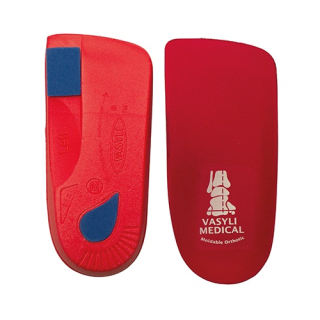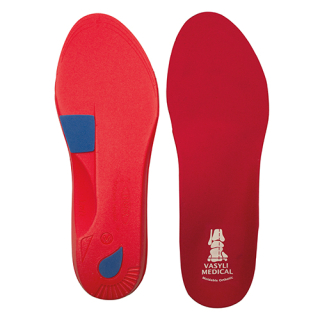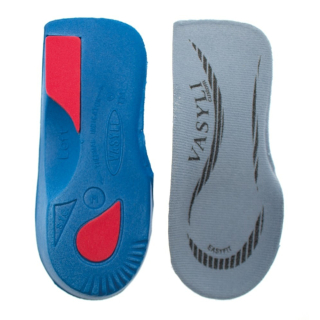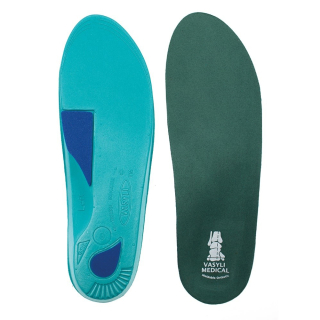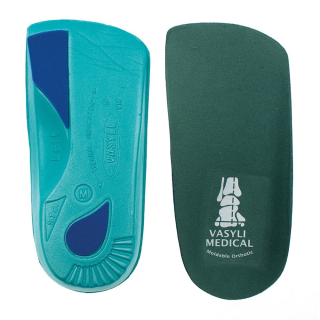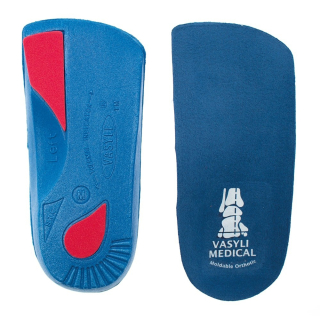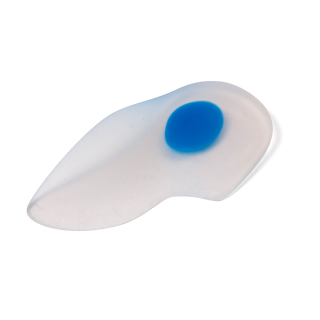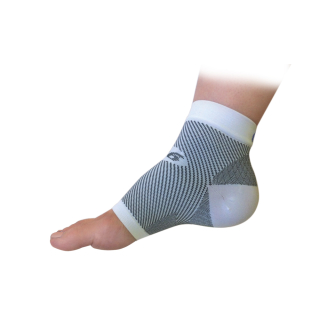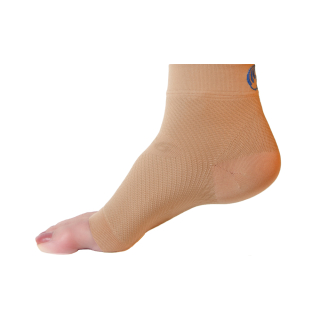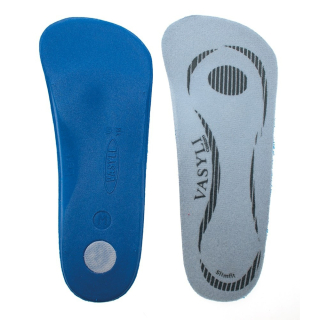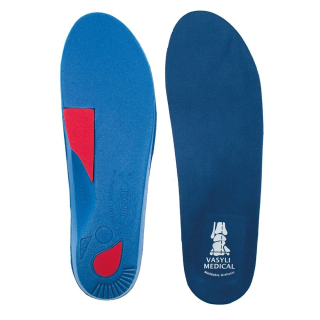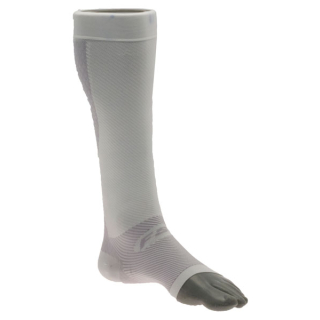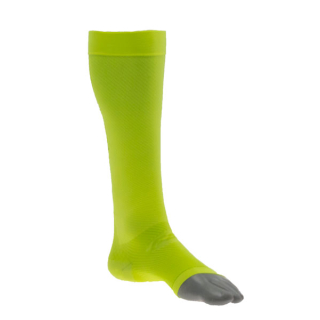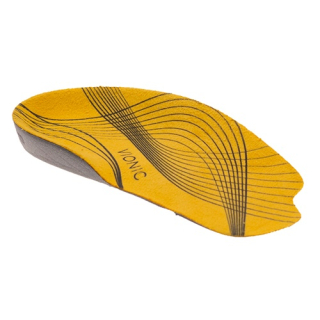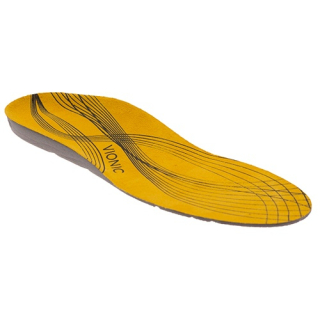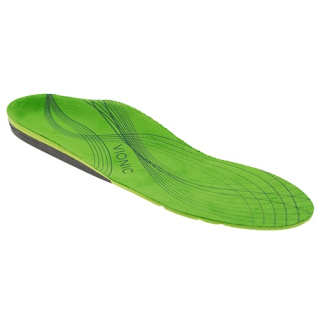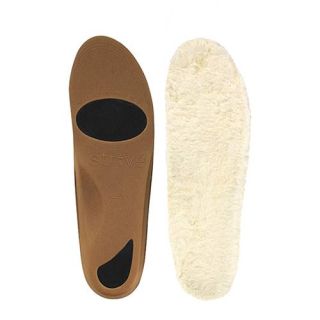Plantar fasciitis
What is Plantar Fasciitis?
It is an inflammation of the plantar fascia (the ligament on the bottom of the heel) caused through micro tears by excessive impact or strain.
Causes of Plantar Fasciitis
There are several causes for Plantar Fasciitis, these can include excessive walking or running, lack of shock absorption in footwear, pronation or obesity.
Treatment for Plantar Fasciitis
To treat new pain, think RICE.
R - Rest and raise your heel when you can.
I - Ice pack your heel for up to 20 minutes every 2 to 3 hours.
C - Caress or massage the underneath of your heel and roll the Pedi roller to your toes.
E - Elevate your heel when you can, and avoid pointing your toes.
If you suspect you have this condition, and it doesn’t resolve within a week / 2 weeks then please seek advice from a HCPC registered podiatrist.
Frequently Asked Questions
Does walking help plantar fasciitis?
Walking and gentle stretching of the ligament after lying or sitting for a while may ease plantar fasciitis symptoms. However, the pain may return after a period of rest or prolonged standing.
Is heat or cold better for plantar fasciitis?
Cold treatments are the best way to ease pain from plantar fasciitis as they help to reduce the inflammation of the ligament. Apply an ice pack to your heel for up to 20 minutes every 2 to 3 hours to reduce pain.

